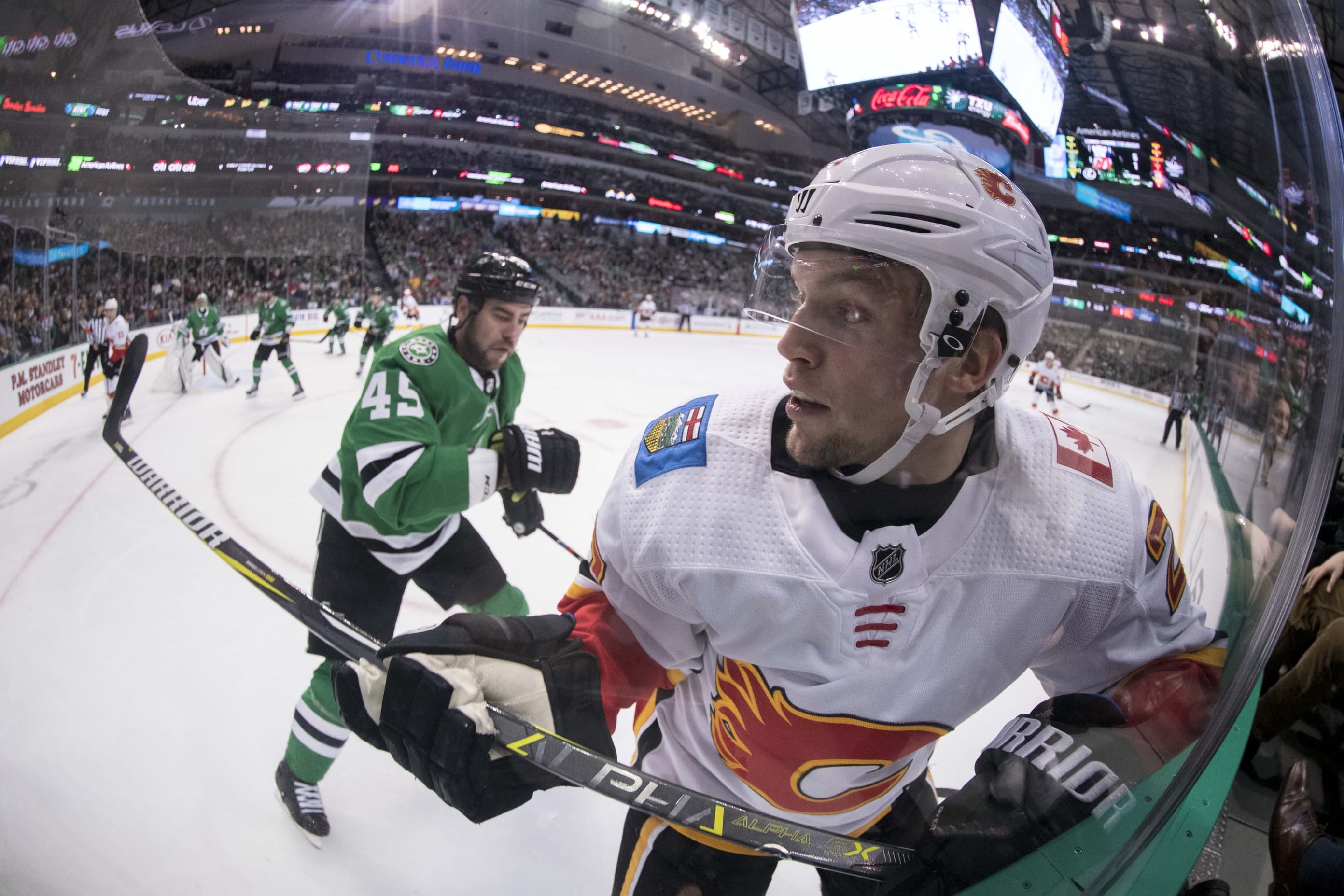Thanks to LTIR the Flames have cap space, but not a lot of flexibility

By Ryan Pike
4 years agoAfter a month of trying to avoid placing Juuso Valimaki on the long-term injury reserve for cap relief, the Calgary Flames have done so with the injured Austin Czarnik. LTIR is a strange and complex mechanism, so we figured it would be a good time to dig into what exactly is going on cap-wise.
Regular cap space
The salary cap ceiling for the 2019-20 NHL season is $81.5 million and the season is broken into 186 days. Every day at 3 p.m. MT, the NHL logs everyone’s cap situation. Any unused space below the cap ceiling is divided by 186 (to pro-rate it for its daily value) and pushed ahead for future use. Because cap space is rolled ahead, teams can add larger and large cap hits the later in the season they acquire them.
Prior to Czarnik’s injury, the Flames had about $155,000 in cap space. That means that a pro-rated amount of that space was logged each day and moved forward for future spending.
LTIR cap space
LTIR gives teams an exemption to the existing cap ceiling, with the logic being that the team should have the ability to replace an injured regular player. The general calculation for the amount a team can go over the cap ceiling is this:
LTIR Cap Ceiling = Cap Hit Of Player On LTIR – Cap Space When Player Was Placed On LTIR
Since the Flames had $155,000 of space and Czarnik’s cap hit is $1.25 million, they are able to exceed the cap ceiling by up to $1.095 million. Since they recalled Alan Quine ($735,000 AAV) after Czarnik was LTIR’d, they have roughly $360,000 in remaining room. That’s roughly half of what a league minimum player makes, so they can’t really do anything with it.
Additionally, unlike regular cap space, their LTIR space doesn’t accumulate to be used in future days so it doesn’t do them any good in the future to be under that ceiling right now. Worse, the days that Czarnik are on LTIR are days that the Flames aren’t even accumulating their meager pro-rated $155,000 per day towards future cap spending.
What happens when Czarnik comes back?
When Czarnik comes back, the calculation is actually pretty simple: the Flames will have to move out a body to make sure that their daily cap number is below the actual cap ceiling. In effect, they’ll probably do that by sending Quine back to the minors. But since Czarnik has to be on the LTIR for at least 10 games and 24 days, Quine will be waiver exempt the entire time Czarnik has to be out so he could be floated back to the AHL before then to give another player a shot in the lineup.
Recent articles from Ryan Pike





